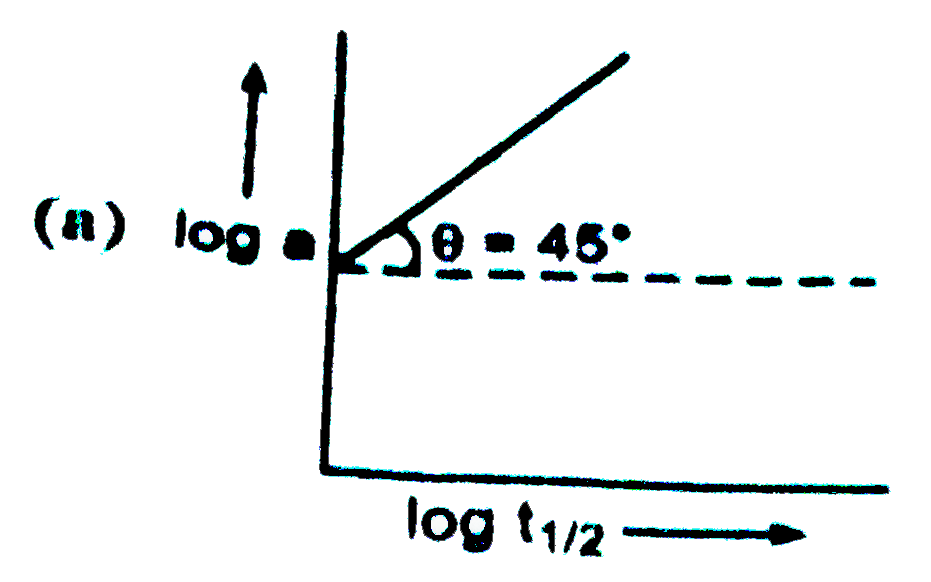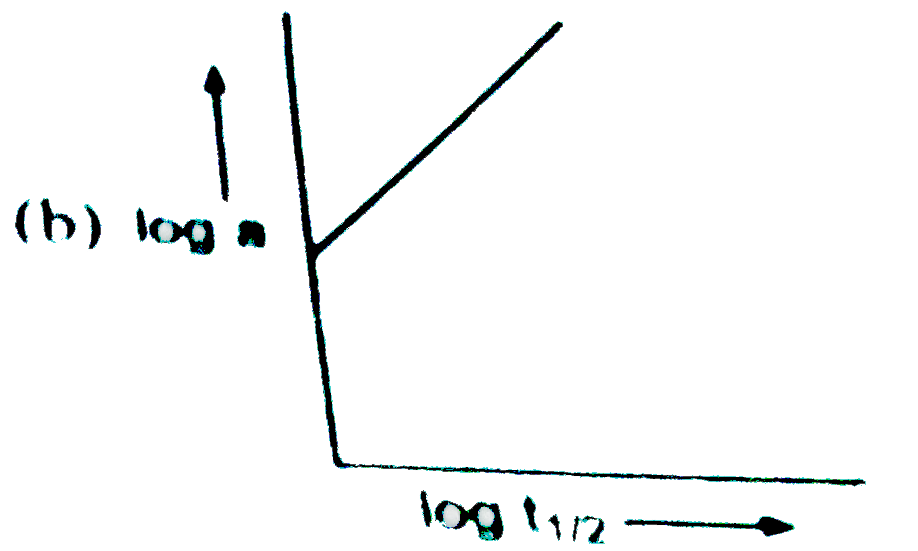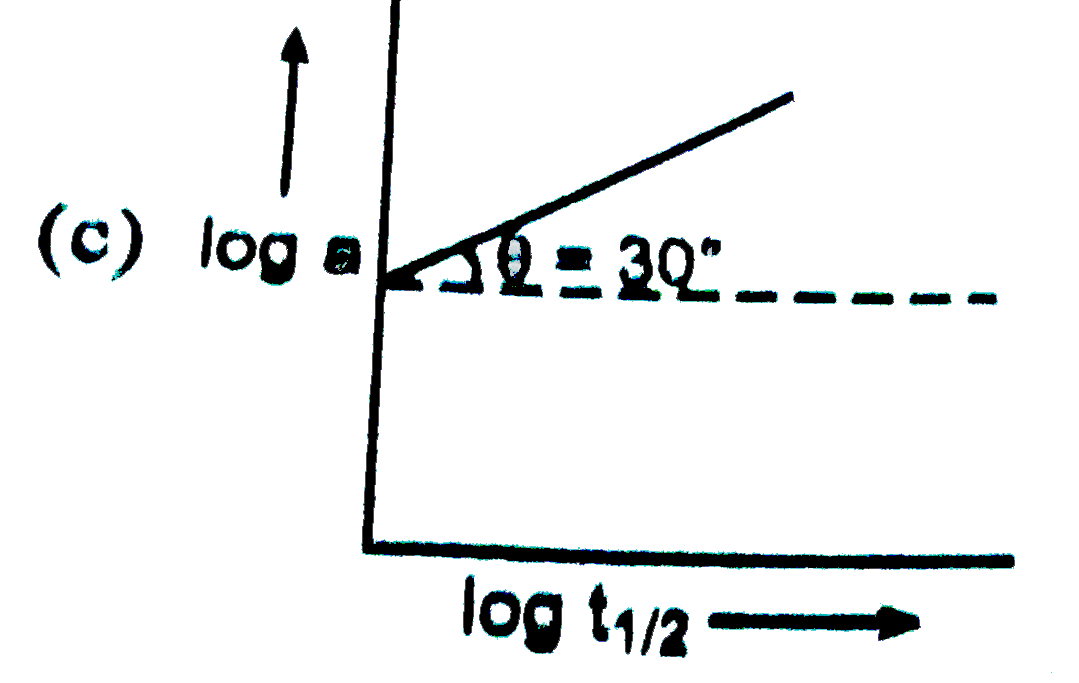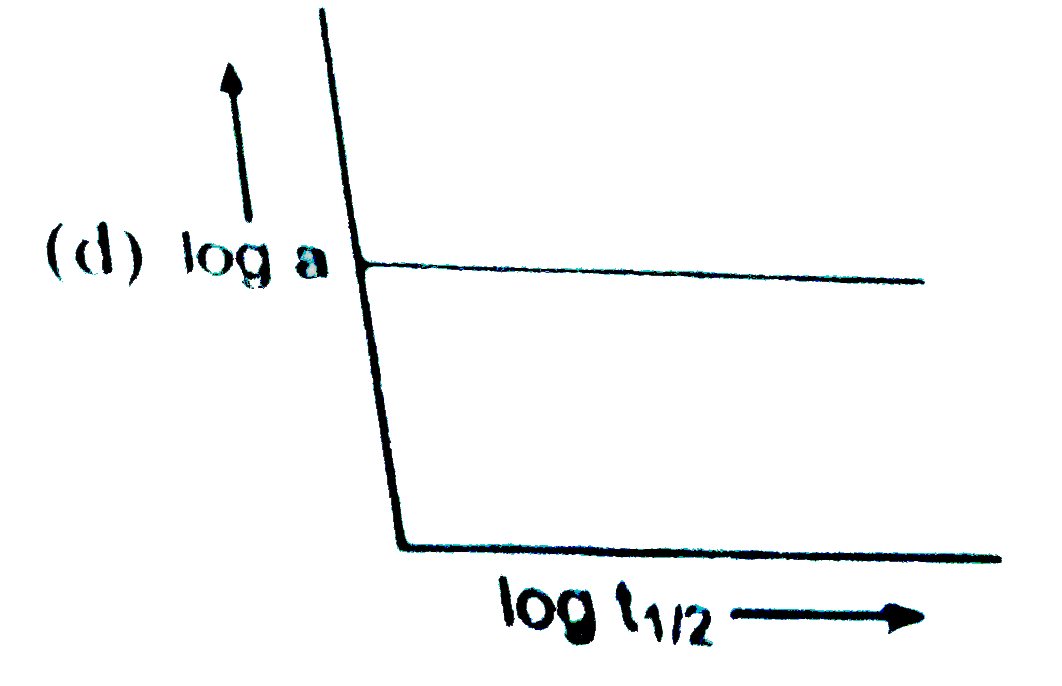In the following reaction
CH3−CH2−CH2−CH3H2SO4−−−→475 K
CH3CH=CHCH3 predominates
CH2=CHCH2CH3 predominates
Both are formed in equal amounts
The amount of production depends on the nature of catalyst
The correct Answer is:A
To solve the problem, we need to analyze the reaction of butanol (CH3-CH2-CH2-CH3) in the presence of concentrated sulfuric acid (H2SO4) at a high temperature (475 K). The reaction involves dehydration, leading to the formation of an alkene.
1. Identify the Reactant:
The reactant is butanol, which can be represented as CH3-CH2-CH2-CH3 (butane).
2. Protonation of Alcohol:
In the presence of concentrated sulfuric acid, the hydroxyl group (-OH) of butanol gets protonated to form a better leaving group (water, H2O). This step is crucial as it converts the alcohol into a more reactive species.
CH3−CH2−CH2−CH2OH+H2SO4→CH3−CH2−CH2−CH2OH2++HSO4−
3. Formation of Carbocation:
The protonated alcohol (CH3-CH2-CH2-CH2OH2^+) loses a water molecule, resulting in the formation of a carbocation. The carbocation can form at the carbon where the -OH group was attached.
CH3−CH2−CH2−CH2OH2+→CH3−CH2−CH2++H2O
4. Carbocation Rearrangement:
The formed carbocation can undergo rearrangement to form a more stable carbocation. In this case, the primary carbocation can rearrange to a more stable secondary carbocation.
CH3−CH2−CH2+→CH3−CH+−CH2−CH3
5. Elimination of Beta Hydrogen:
The next step involves the elimination of a beta hydrogen atom. There are two possible beta hydrogen atoms that can be eliminated, leading to two different alkenes:
- If the hydrogen from the first beta carbon is eliminated, 1-butene is formed.
- If the hydrogen from the second beta carbon is eliminated, 2-butene is formed.
Elimination of H from 1st beta carbon→CH3−CH2−CH=CH2(1−butene)
Elimination of H from 2nd beta carbon→CH3−CH=CH−CH3(2−butene)
6. Determine the Major Product:
According to Zaitsev's rule, the more substituted alkene is favored. In this case, 2-butene is more stable than 1-butene due to hyperconjugation and the stability of the double bond.
- 2-butene is the major product, while 1-butene is the minor product.
Final Answer:
The predominant product of the reaction is 2-butene.
The reactant is butanol, which can be represented as CH3-CH2-CH2-CH3 (butane).
In the presence of concentrated sulfuric acid, the hydroxyl group (-OH) of butanol gets protonated to form a better leaving group (water, H2O). This step is crucial as it converts the alcohol into a more reactive species.
CH3−CH2−CH2−CH2OH+H2SO4→CH3−CH2−CH2−CH2OH2++HSO4−
The protonated alcohol (CH3-CH2-CH2-CH2OH2^+) loses a water molecule, resulting in the formation of a carbocation. The carbocation can form at the carbon where the -OH group was attached.
CH3−CH2−CH2−CH2OH2+→CH3−CH2−CH2++H2O
The formed carbocation can undergo rearrangement to form a more stable carbocation. In this case, the primary carbocation can rearrange to a more stable secondary carbocation.
CH3−CH2−CH2+→CH3−CH+−CH2−CH3
The next step involves the elimination of a beta hydrogen atom. There are two possible beta hydrogen atoms that can be eliminated, leading to two different alkenes:
- If the hydrogen from the first beta carbon is eliminated, 1-butene is formed.
- If the hydrogen from the second beta carbon is eliminated, 2-butene is formed.
Elimination of H from 1st beta carbon→CH3−CH2−CH=CH2(1−butene)
Elimination of H from 2nd beta carbon→CH3−CH=CH−CH3(2−butene)
According to Zaitsev's rule, the more substituted alkene is favored. In this case, 2-butene is more stable than 1-butene due to hyperconjugation and the stability of the double bond.
- 2-butene is the major product, while 1-butene is the minor product.
The predominant product of the reaction is 2-butene.
Topper's Solved these Questions
- BOOK - ERRORLESS CHAPTER - HYDROCARBONEXERCISE - ORDINARY THINKING (Objective question) (ALKYNE)120videos
HYDROCARBON
- BOOK - ERRORLESS CHAPTER - HYDROCARBONEXERCISE - ORDINARY THINKING (Objective question) (AROMATIC HYDROCARBON)128videos
HYDROCARBON
- BOOK - ERRORLESS CHAPTER - HYDROCARBONEXERCISE - JEE SECTION (Matrix Match type questions)6videos
HYDROCARBON
- BOOK - ERRORLESS CHAPTER - HALOGEN CONTAINING COMPOUNDEXERCISE - Critical Thinking (Jee (Advanced) 2018)1videos
HALOGEN CONTAINING COMPOUND
- BOOK - ERRORLESS CHAPTER - IONIC EQUILIBRIUMEXERCISE - JS Jee Section (JEE Advanced (Numeric answer type question))1videos
IONIC EQUILIBRIUM
Similar Questions
Knowledge Check
- Question 1 - Select One
Consider the following reaction CH3−CH2(A)−O−H+CH3−O∣∣C(B)−OH→CH3−O∣∣C−O−CH2−CH3+HOH In the above reaction ester formation takes place by
ABreaking of O - H bond of A and O - H bond of BBBreaking of C - O bond of A and C - O bond of BCBreaking of O - H bond of A and C - O bond of BDBreaking of C - O bond of A and O - H bond of B - Question 2 - Select One
Which of the following graphs is correct for the following reaction?
CH3−CH2CH=CH2H2/Ni−−−→300∘CCH3−CH2−CH2−CH3A B
B C
C D
D
- Question 3 - Select One
Product formed in the following reaction is CH3CH2CH(OH)CH3H2SO4−−−→
ACH3CH=CHCH3 predominatesBCH2=CHCH2CH3 predominatesCBoth are formed in equal amountsDThe amount of production depends on the nature of catalyst
The reaction CH3CH2OH95%H2SO4−−−−−−→453 KCH2=CH2+H2O is an example of
View SolutionThe reaction : CH3CH2OH95%H2SO4−−−−−−→453KCH2=CH2+H2O is an example of
View SolutionProduct of the following reaction is -⎡⎢ ⎢⎣CH3−CH3∣N∣CH3−CH∣CH3−CH2−CH3⎤⎥ ⎥⎦+OH−Δ−−→
View SolutionIn presence of few drops of conc. H2SO4, the product formed in the following reaction is :
H3C−C∣CH3=CH2+H2OH+−−→View SolutionIn the following reaction :
H3C−CH3| C | CH3−CH=CH2H2O/H⊕−−−−−→A
The major product A is :View Solution

